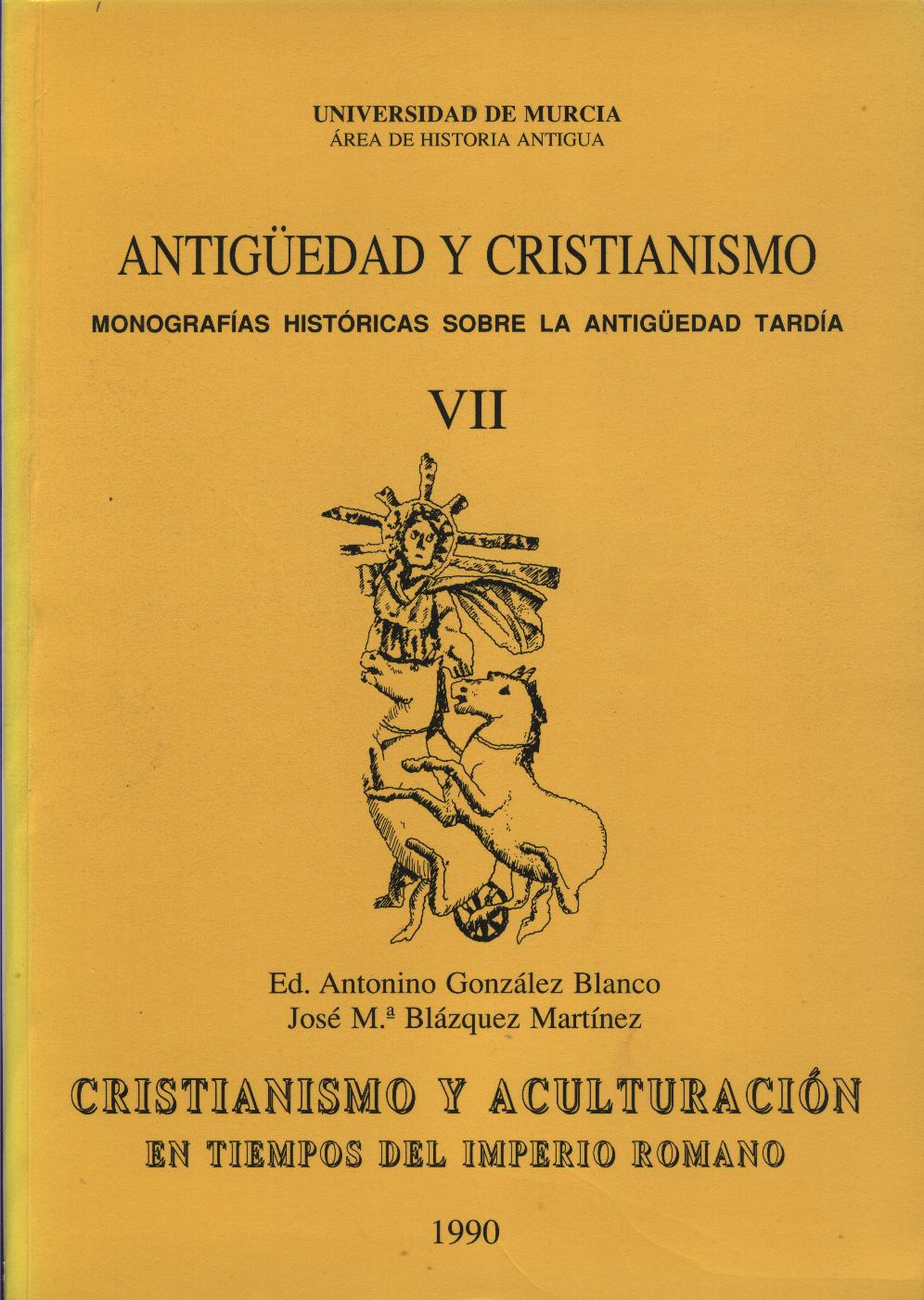L’ impact de l’ ‘apatheia’ stoicienne sur la pensée chrétienne jusqu’ à Saint Augustin
Abstract
This is a rewiew of the concepts af Apatheia and the state of the investigation at this moment. The areas in which this notion is used in the ancient Christianism are the theological, moral and spiritual. In the theological ambitus the concept is used in relation to the nature of God and the coneptual problems which arise when the subject of the incarnation of the Word is analysed. This question has two parts: the problem of the divine generation and the conceptualization of the incarnation of the Word. In its moral aspect there is a curious divergence between the two halves of the Empire. The term Apatheia is used frequently by the greek authors such as: Clement of Alexandria, Orígenes, Gregory of Nazianzus, Basil of Caesarea, John Chrysostom and Gregory of Nyssa. But in the Western Empire the opposite occurs and the concept does not appear until the fourth century and, generally speaking, there is an open opposition to its use - for exampleby Ambrosius and Augustine. The stand taken by this last author was probably taken in oppostiion to the Palegians, the only latin group which held its use in high esteem. From the spiritual point of wiew the situation is similar and John Cassian is the only western author who studied the concept and appreciated its value. The author concludes his exposition setting forth the questions which such documents present.
Downloads
-
Abstract293
-
PDF (Español (España))450
1. The authors non-exclusively assign the exploitation rights (reproduction, distribution, communication and transformation) to the magazine.
2. The works published in this magazine are subject to the Attribution-ShareAlike 4.0 International license (CC By SA 4.0). Therefore, they can be copied, used, disseminated, transmitted and publicly displayed, provided that:
i) the authorship and the original source of its publication (journal, editorial and URL of the work) are cited, thus allowing its recognition.
ii) it is allowed to remix, transform or create from the material while maintaining the same license as the original.
Note: Articles prior to 2022 incorrectly display the CC by SA license in the abstract page. They are under a CC by NC ND license as embedded in the article pdfs. Articles published in 2022 and after are under the CC by SA license.

3. Self-archiving conditions. Authors are allowed and encouraged to electronically disseminate the pre-print (version before being evaluated) and/or post-print (version evaluated and accepted for publication) versions of their works before publication, as it favors their publication. Earlier circulation and diffusion and with it a possible increase in its citation and reach among the academic community. Color RoMEO: verde.
























